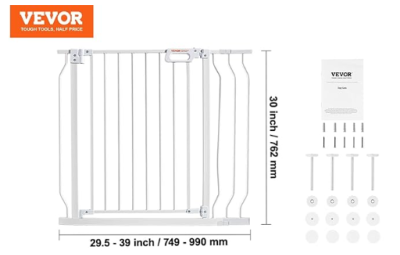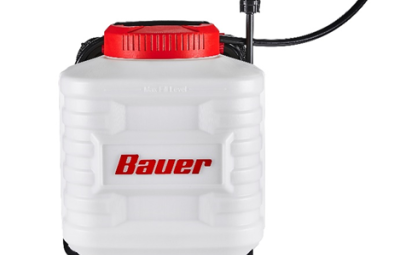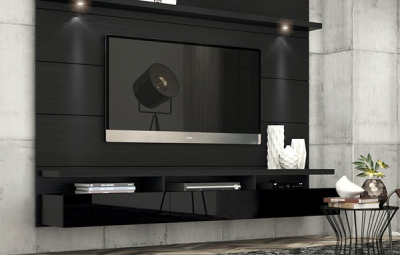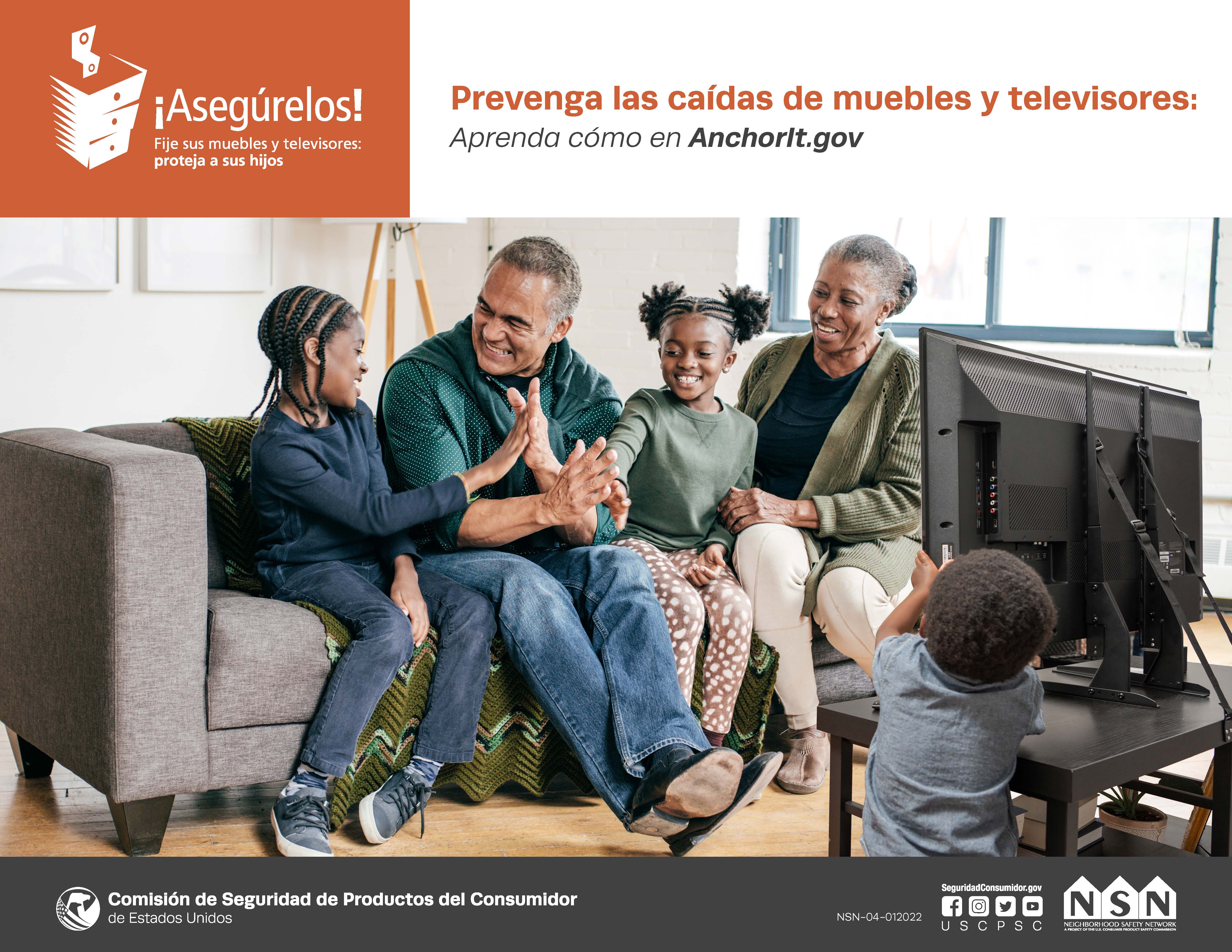
On average, military families move every two or three years, much more often than civilian families. While the military is known for efficient and organized moves, it can be challenging to ensure that each new home environment is safe.
CPSC urges military families to look for recalled products and follow these tips to keep your “Home Sweet Home” safe:
Fire and Carbon Monoxide Safety:
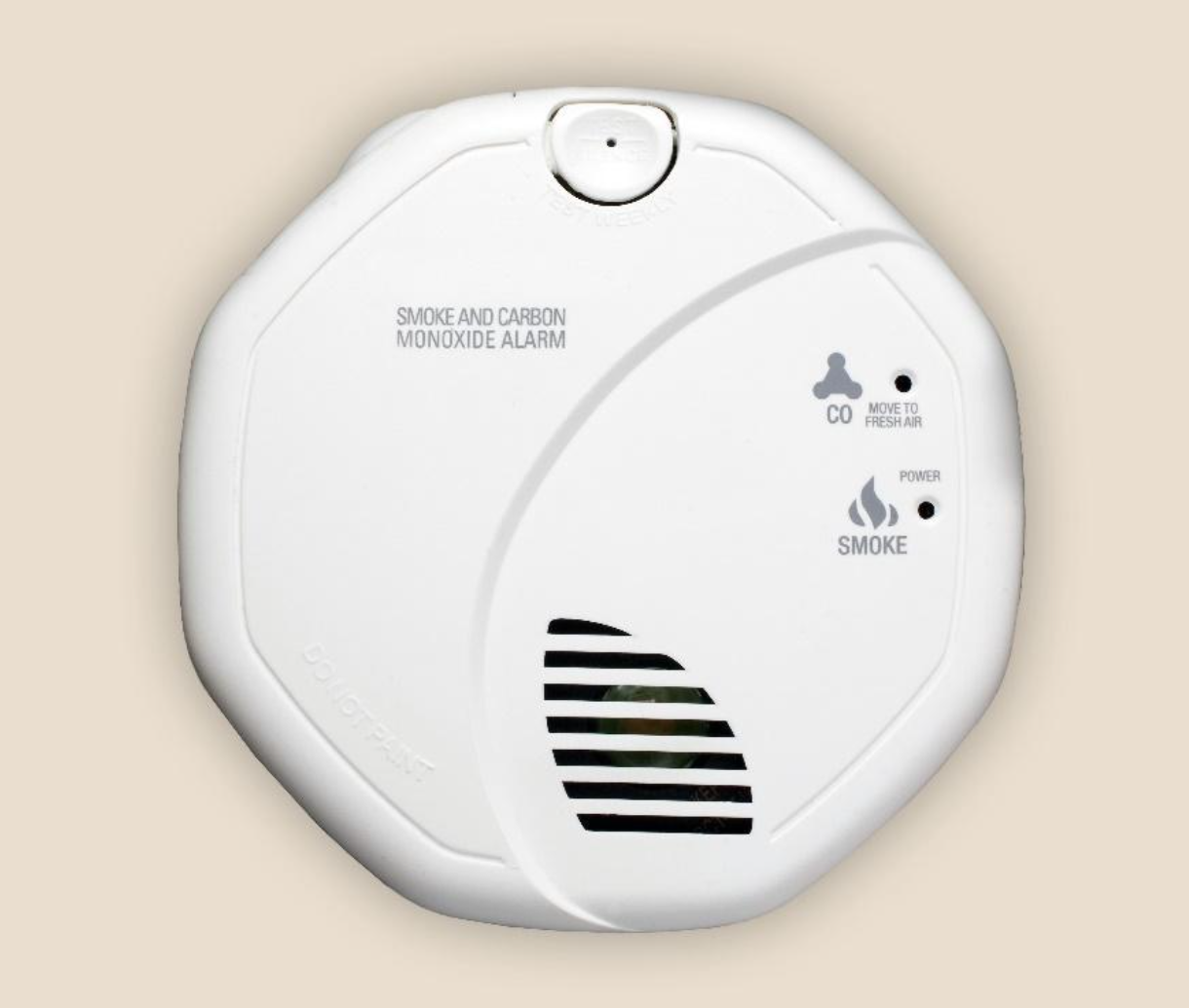
Hidden Hazard: Protect your family against fires and carbon monoxide (CO) with smoke and CO alarms. If you don’t have alarms in your home, install them today. If your home already has alarms, test them every month to make sure they are working properly. Replace batteries every year to keep alarms in working order so they can do their job.
What to do: Smoke alarms should be installed on every level of the home, outside sleeping areas and inside bedrooms. Carbon monoxide alarms should be installed on every level and outside sleeping areas in the home.
Learn more:
Safe to Sleep: Safe sleep environments for baby:
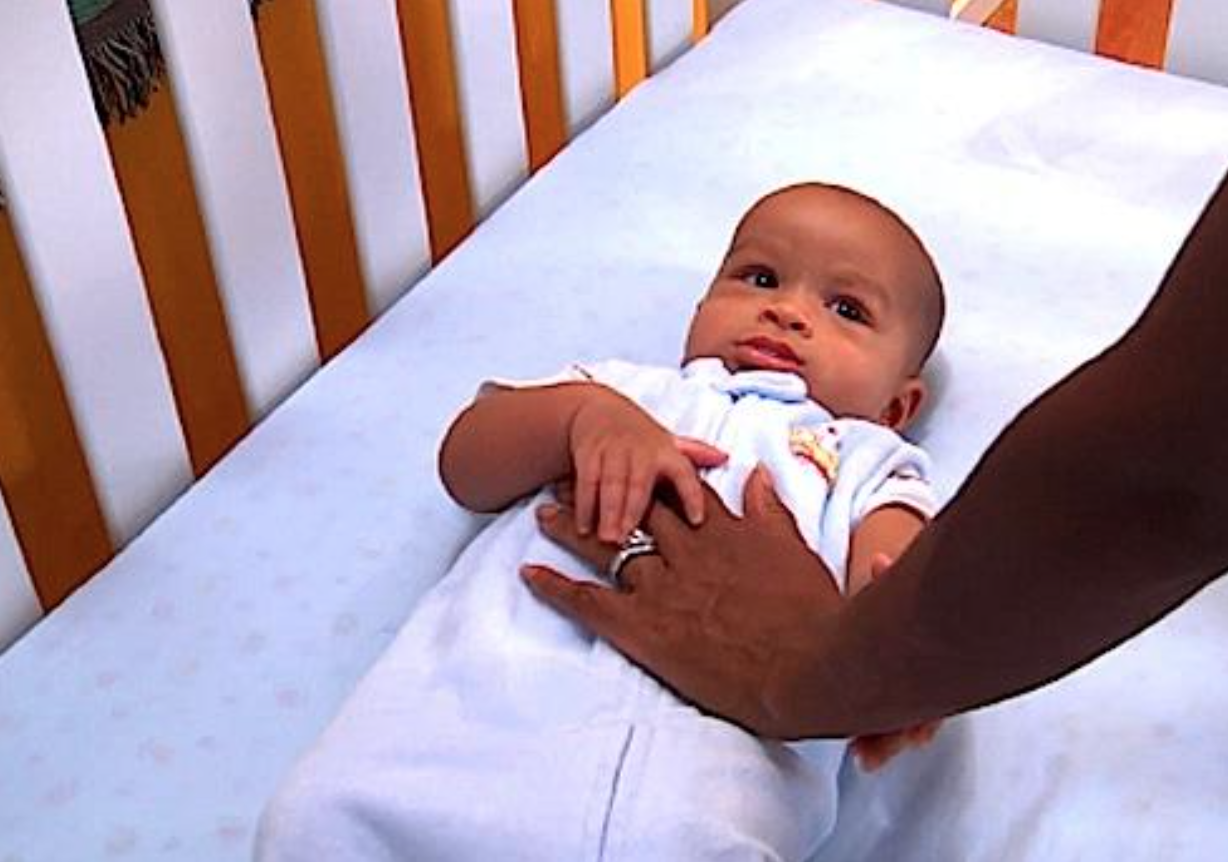
Hidden Hazard: To prevent suffocation, never place pillows or thick quilts in a baby’s sleep space (crib, bassinet or play yard). Also, follow manufacturers’ assembly directions for play yards, and do not add extra padding, pillows, blankets or other soft bedding.
What to Do: Babies spend a lot of time sleeping. Create a safe sleep space for your baby. Always place baby to sleep on his or her back on a firm surface, like a crib, play yard or bassinet that meets CPSC federal standards, with a fitted sheet only. Bare is best!
Learn more: Safe Sleep – Cribs and Infant Products | CPSC.gov
Window Blind Cords:
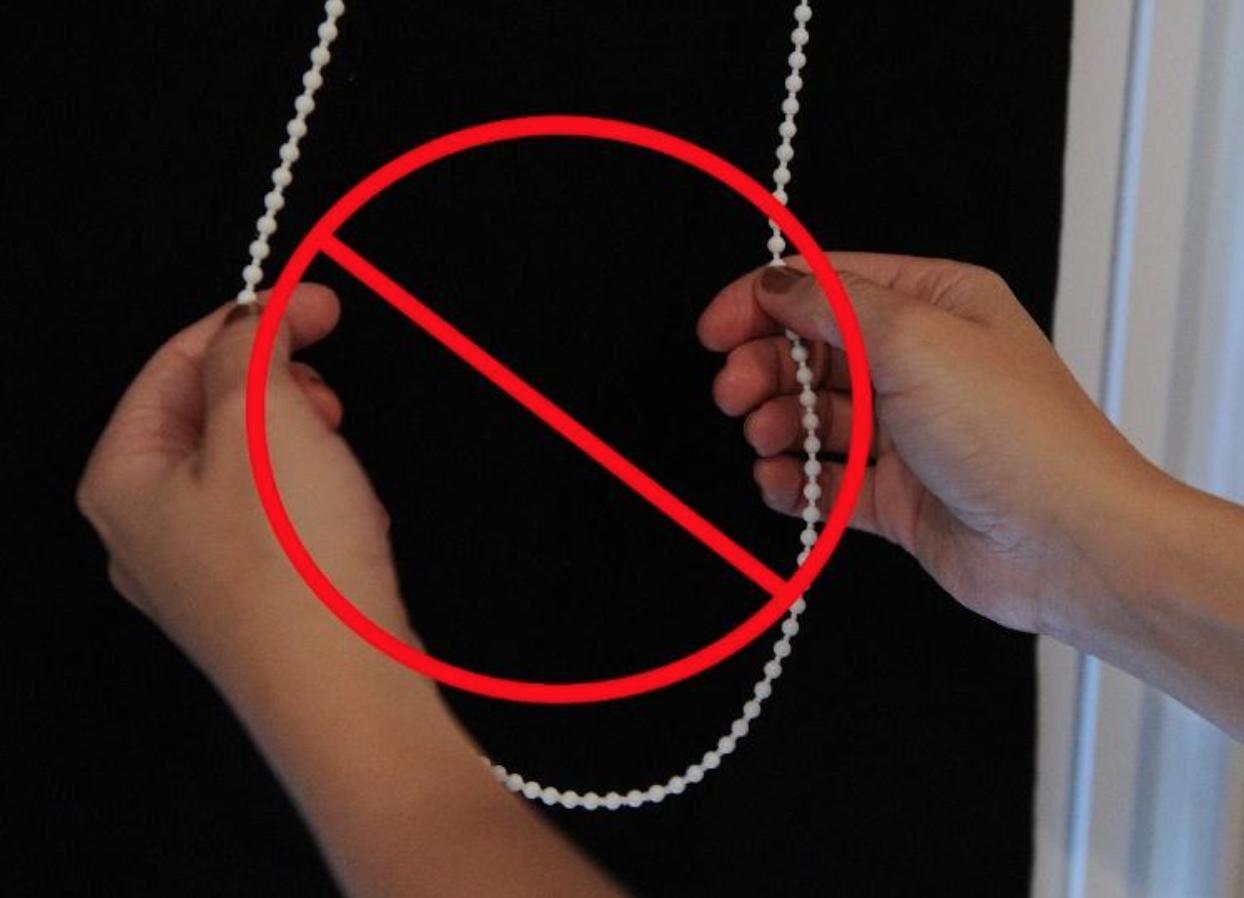
Hidden Hazard: Check all window coverings in your new home for cords. Children can wrap window covering operating cords around their neck or become entangled in loops formed by cords, some of which are not clearly visible, but are accessible.
What to Do: If possible, use cordless or inaccessible-cord window coverings in your new home. Child-safe window blinds and shades are available for sale today. Be aware that recent legislation requires the Department of Defense to remove and replace certain window coverings from military housing units where children under 9 may reside.
Learn more: Window Covering Cords | CPSC.gov
Related: Keep Children Safe from Window Falls | CPSC.gov
Furniture and Television Tip-overs:
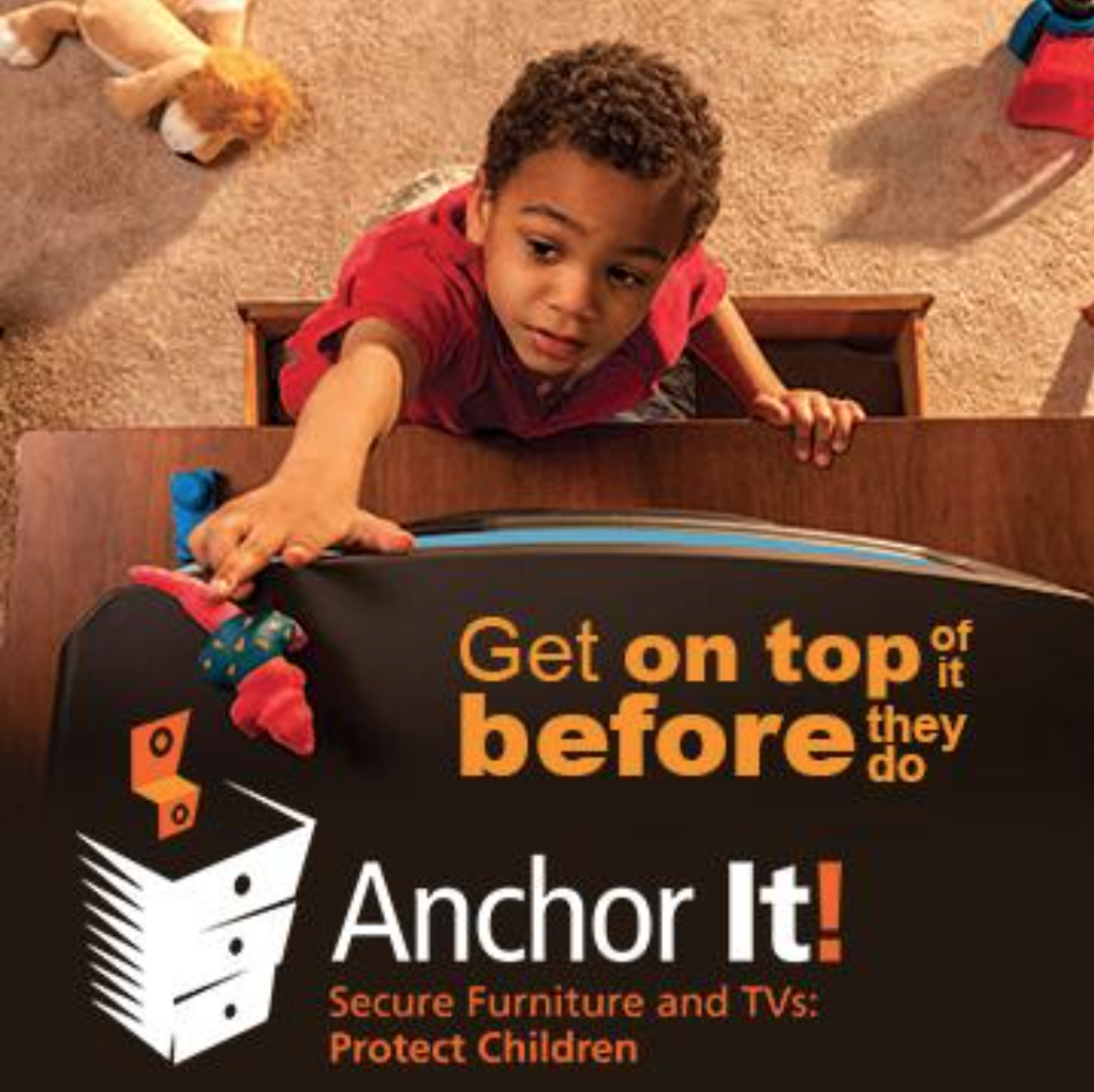
Hidden Hazard: Children like to climb on furniture. For them, the home is a playground. Unsecured TVs, furniture and appliances can be fatal and send more than 19,400 children to the hospital ER each year.
What to Do: To prevent a tip-over tragedy, anchor TVs and furniture, such as bookcases and dressers, securely to the wall. Most anti-tip-over kits cost less than $20 and can be installed in fewer than 20 minutes. In addition:
- Always place TVs on a sturdy, low base, and push the TV back as far as possible.
- Store heavier items on lower shelves, or in lower drawers.
- Remove tempting objects, like toys and remote controls, from the top of the TV or furniture.
- Check to see if your furniture has been recalled and take advantage of the remedy offered. The remedy may be a full refund and free pick-up of the furniture, or if you keep the furniture, free professional installation of anti-tip devices.
Learn more: Anchor It
Prevent Poisonings:
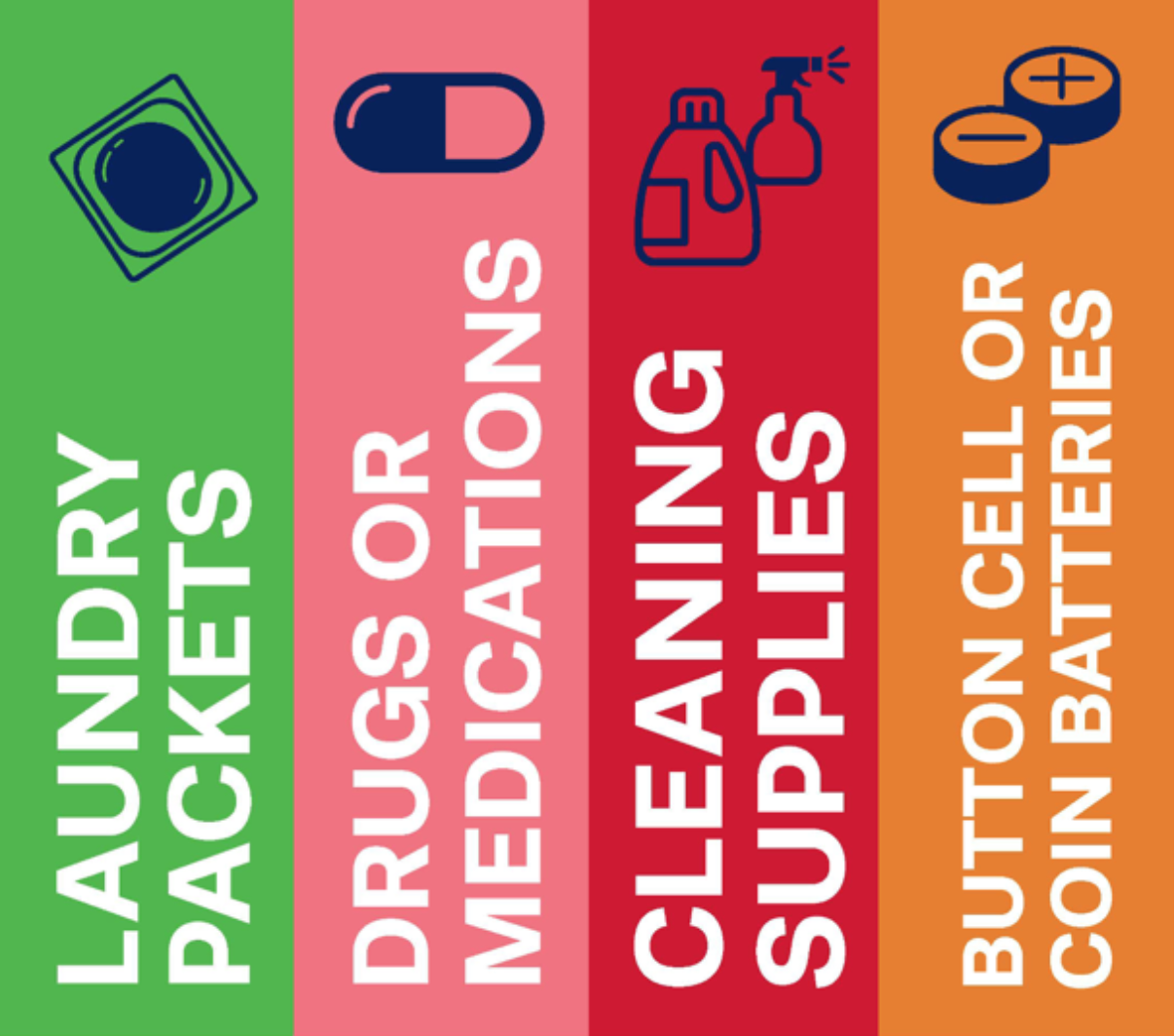
Hidden Hazard: Nearly eight out of 10 unintentional poisonings occurred in the home. In 2021, 59 children under five years old lost their lives after gaining access to prescribed or illicit drugs and an estimated 62,600 were treated in hospital ERs nationwide.
What to Do: Consumers can safeguard their families, especially those more vulnerable, from poisonings by taking control of potentially harmful household products, medications and drugs. Learn how here: Poison Prevention | CPSC.gov
Fuel Container, Gasoline and Other Liquid Fuel Safety:
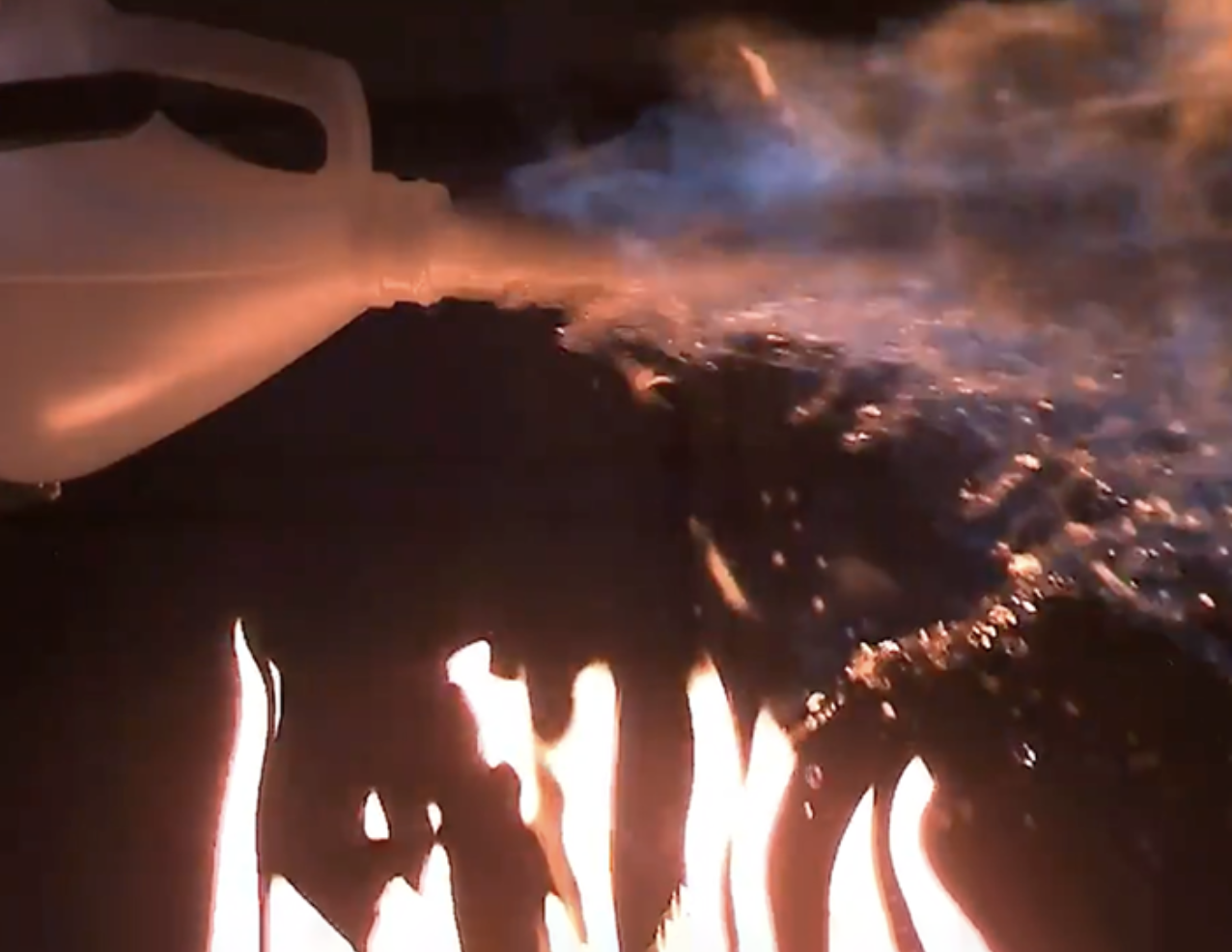
Hidden Hazard: Portable fuel containers can pose a serious injury risk to consumers. If fuel vapor escapes from a fuel container and encounters a spark or flame, it can ignite and flash back into the container, causing a flame explosion that can severely burn those nearby.
What to Do:
- Buy a gas can or portable fuel container that is child-resistant.
- Keep gas cans and other portable fuel containers out of the reach of children.
- Never permit children to play with matches or fuel.
- Store gas cans and portable fuel containers in well-ventilated, cool areas only.
- Never leave fuel containers open, always put the cap back on after use.
- Never smoke near gasoline or at a gas station.
- Always read the instructions.
Learn more about Fuel Container Safety, Backyard Fire Pit Safety, and Flame-Jetting here: Fuel Container, Gasoline and Other Liquid Fuel Safety | CPSC.gov
Ride Safely – Off Highway Vehicles (ATVs):
Hidden Hazards: Overturning, collisions, and occupant ejection are the most common hazards involved off-highway vehicle (OHVs) fatalities. From 2017 through 2019, there were 2,178 deaths associated with OHVs, nearly 70% were All-terrain vehicles (ATVs) and 283 OHV deaths were children under 16 years old. CPSC estimates that in 2021, there were 106,600 emergency room treated injuries associated with OHVs and 29% were to children under 16 years old.
What to Do: It is important to follow these ATV safety tips to ensure a safe and enjoyable ride.
- Training: Get hands-on training from a qualified instructor.
- Seats: Never ride with more passengers than there are seats. Most ATVs are designed for one rider.
- Stay Off Roads: Stay off paved roads. Never ride on public roads, except to cross, where permitted by law.
- No Drinking: Avoid drinking alcohol before or while driving an ATV.
- Age Limits: Riders younger than 16 should drive only age-appropriate youth models -never adult models.
- Safety Gear: Always wear a helmet and other protective gear, such as eye protection, boots, gloves, long pants and a long-sleeved shirt.
Learn more: OHV & ATV Safety | CPSC.gov
Check for Recalls:
Visit Recalls | CPSC.gov to check to see if you have dangerous recalled products at home.
Report Unsafe Products:
Report unsafe products and read complaints about thousands of types of consumer products at SaferProducts.gov.
CPSC thanks you for your service to our country!

